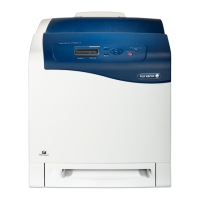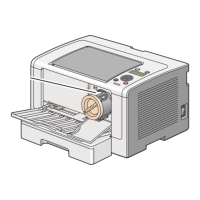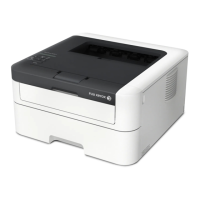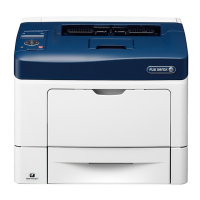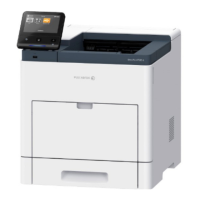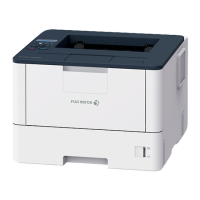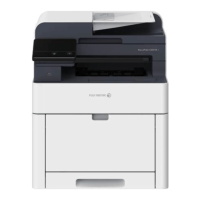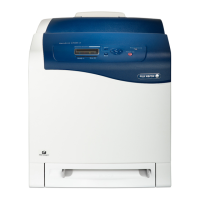376 7 Maintenance
3. Starting from the [•] mark on the chart, slide the chart upwards and downwards, and
read the scale to determined the difference (margin) between the scale and the Color
Sample.
Important
• Be careful not to mistake the plus (+) and minus (-) directions when reading the scale.
4. Write the margin value in the appropriate [Margin] box.
5. Obtain the margin for two other density areas.
MeasurementpartofCalibrationChart
<-5> if density of Color Sample
is close the density in-between.
<-3> if it is close the density
in-between.
<-1> if it is close the density
in-between.
<+1> if it is close the density
in-between.
<+3> if it is close the density
in-between.
<+5> if it is close the density
in-between.
<-6> if density of Color Sample is
close the density here.
<-4> if it is close the density here.
<-2> if it is close the density here.
<0> if it is close the density here.
<+2> if it is close the density here.
<+4> if it is close the density here.
<+6> if it is close the density here.
ColorSample
"-2"
"-1"
Fortheexampleontheleft,densityofthe
CalibrationChartclosetotheColorSample
isatthesecondpositioninthenegative
directionfromthecentralpositionordensity
A,therefore,thedifferenceis<-2>.
A
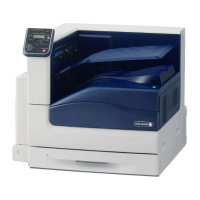
